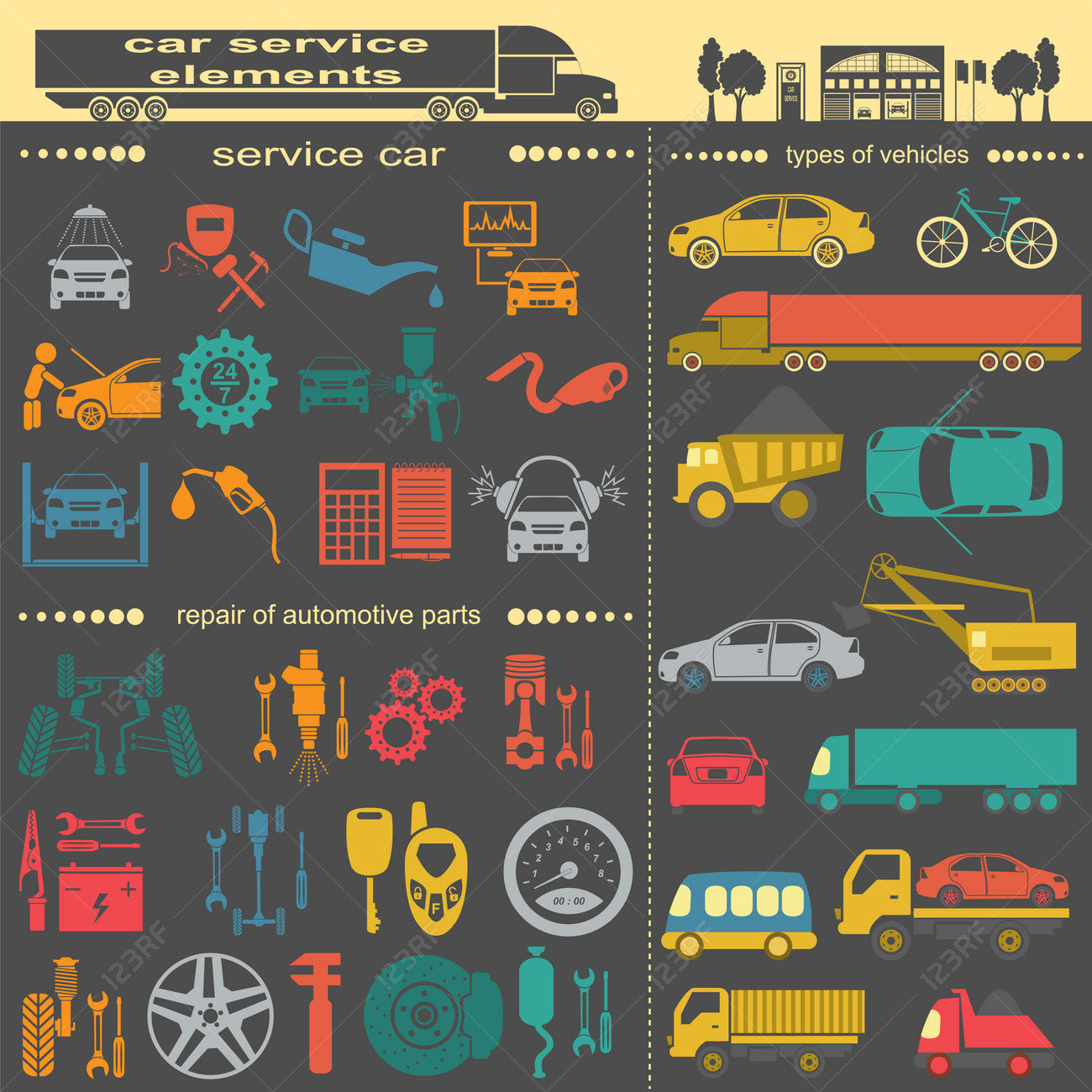Comprehending Your Auto'S Warning Lighting: What Do They Truly Mean?
Comprehending Your Auto'S Warning Lighting: What Do They Truly Mean?
Blog Article
Authored By-Termansen Kejser
When you're behind the wheel, those beautiful caution lights on your dashboard can be a little bit difficult. Do you know what they're attempting to inform you regarding your automobile's wellness? Recognizing the significance of these lights is crucial for your safety and security and the longevity of your automobile. So, the next time one of those lights appears, wouldn't you want to decipher its message properly and take the necessary actions to address it?
Common Caution Lights and Interpretations
Determine typical warning lights in your auto and understand their meanings to make certain safe driving.
The most common caution lights include the check engine light, which indicates concerns with the engine or exhausts system. If https://brakes40517.ambien-blog.com/36528227/gain-proficiency-in-discovering-the-ideal-car-repair-shop-with-these-10-useful-suggestions comes on, it's crucial to have your automobile checked promptly.
The oil stress alerting light indicates low oil pressure, requiring immediate interest to stop engine damage.
A blinking battery light might suggest a damaged billing system, potentially leaving you stranded if not resolved.
The tire stress surveillance system (TPMS) light informs you to reduced tire stress, affecting automobile security and gas performance. Ignoring this can cause dangerous driving problems.
The abdominal light shows an issue with the anti-lock braking system, jeopardizing your ability to quit quickly in emergencies.
Lastly, the coolant temperature level cautioning light warns of engine getting too hot, which can result in extreme damages if not dealt with swiftly.
Understanding these usual caution lights will help you attend to issues immediately and preserve safe driving conditions.
Relevance of Prompt Interest
Recognizing the typical caution lights in your car is just the primary step; the significance of without delay addressing these warnings can't be highlighted sufficient to ensure your security when traveling.
When car detailing illuminates on your control panel, it's your cars and truck's means of interacting a potential concern that needs interest. Disregarding these warnings can result in a lot more extreme troubles later on, compromising your safety and potentially costing you more out of commission.
Trigger focus to advising lights can avoid break downs and mishaps. As an example, a flashing check engine light might suggest a misfire that, if left unattended, could create damage to the catalytic converter. Addressing this immediately can save you from a pricey repair service.
In a similar way, a brake system cautioning light may indicate low brake fluid or used brake pads, vital parts for your safety when driving.
DIY Troubleshooting Tips
If you notice a caution light on your control panel, there are a couple of do it yourself troubleshooting ideas you can try before looking for specialist assistance.
https://chassis-parts-car05059.bloggerswise.com/37041160/understand-the-essential-steps-to-discover-a-trustworthy-auto-repair-shop-that-will-ensure-your-automobile-stays-in-prime-condition-your-automobile-is-qualified-to-the-finest-solution-available is to consult your automobile's handbook to understand what the particular caution light indicates. Occasionally the problem can be as straightforward as a loosened gas cap triggering the check engine light. Tightening up the gas cap might settle the problem.
An additional usual problem is a low battery, which can trigger different cautioning lights. Checking automatic car wash auckland for deterioration and guaranteeing they're safe might deal with the trouble.
If a caution light continues, you can try resetting it by separating the cars and truck's battery for a couple of mins and after that reconnecting it. Additionally, checking your automobile's liquid levels, such as oil, coolant, and brake liquid, can assist troubleshoot alerting lights related to these systems.
Conclusion
In conclusion, recognizing your auto's caution lights is essential for keeping your automobile running efficiently and safely. By immediately attending to these signals and understanding what they imply, you can stay clear of pricey repairs and prospective breakdowns.
Remember to consult your auto's manual for particular details on each cautioning light and take action accordingly to guarantee a trouble-free driving experience.
Keep informed, stay risk-free when traveling!
